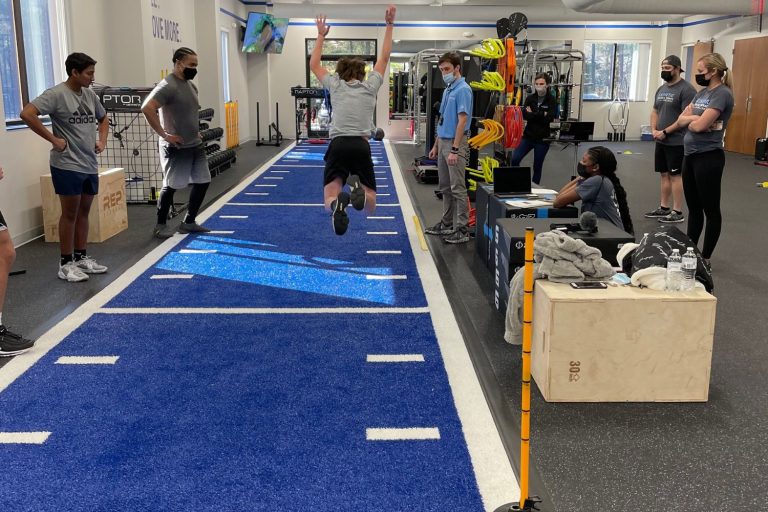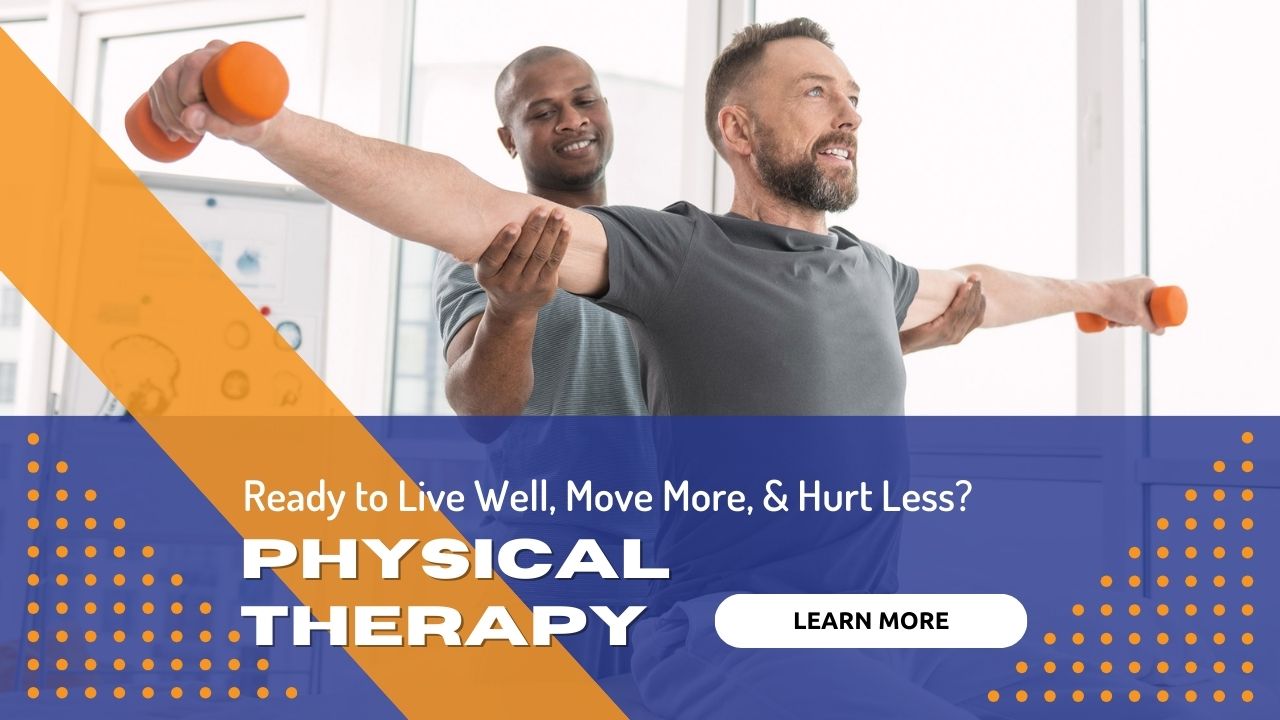

Another Way to Decrease Pain
Pain affects more Americans than diabetes, heart disease and cancer combined (American Academy of Pain Medicine). If you are like most people, you probably want to get rid of it as quickly as possible. Fortunately, there are many options out there for pain management that can be help without long term use of pain medications.
One of those options include Trigger Point Dry Needling. Now I know you’re thinking, “a needle! Oh my!” No worries. It’s not quite what you think. Dry needling is a treatment that has been safely provided by physical therapists since the 1920’s that has recently had a resurgence in use. It involves a very thin monofilament type of needle that the physical therapist pushes through the skin to stimulate trigger points (really tight areas within the tissue) and muscles to help them to relax, to restore motion, and decrease pain.
Many athletes, runners, dancers, use dry needling as a part of their normal rehab routine. Most people report that they don’t really feel anything with the initial stick until the needle gets into the muscle. Then there is often a very quick muscle contraction that is more surprising than it is painful. Afterwards, the client usually demonstrates improved range of motion and reports decreased pain.
After treatment, there might be a muscle soreness similar to what one would feel after exercise but once this is gone, oh the joy of decreased pain!
Now, remember, this is not magic (although it would be really cool if it were). Dry needling is one of the many tools that physical therapists can use to help restore motion and decrease pain. Your therapists can perform a thorough evaluation to help determine if you are a good candidate for this as a part of your treatment program to reduce your pain and improve your function.
Please Share
categories
Recent Posts
categories

Another Way to Decrease Pain
Pain affects more Americans than diabetes, heart disease and cancer combined (American Academy of Pain Medicine). If you are like most people, you probably want to get rid of it as quickly as possible. Fortunately, there are many options out there for pain management that can be help without long term use of pain medications.
One of those options include Trigger Point Dry Needling. Now I know you’re thinking, “a needle! Oh my!” No worries. It’s not quite what you think. Dry needling is a treatment that has been safely provided by physical therapists since the 1920’s that has recently had a resurgence in use. It involves a very thin monofilament type of needle that the physical therapist pushes through the skin to stimulate trigger points (really tight areas within the tissue) and muscles to help them to relax, to restore motion, and decrease pain.
Many athletes, runners, dancers, use dry needling as a part of their normal rehab routine. Most people report that they don’t really feel anything with the initial stick until the needle gets into the muscle. Then there is often a very quick muscle contraction that is more surprising than it is painful. Afterwards, the client usually demonstrates improved range of motion and reports decreased pain.
After treatment, there might be a muscle soreness similar to what one would feel after exercise but once this is gone, oh the joy of decreased pain!
Now, remember, this is not magic (although it would be really cool if it were). Dry needling is one of the many tools that physical therapists can use to help restore motion and decrease pain. Your therapists can perform a thorough evaluation to help determine if you are a good candidate for this as a part of your treatment program to reduce your pain and improve your function.
Please Share









